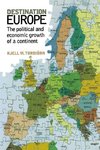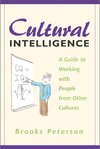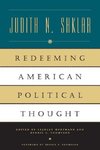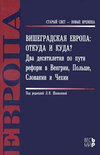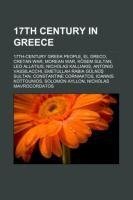
17th century in Greece
Source: Wikipedia. Pages: 40. Chapters: 17th-century Greek people, El Greco, Cretan War, Morean War, Kösem Sultan, Leo Allatius, Nicholas Kalliakis, Antonio Vassilacchi, Emetullah Rabia Gülnûs Sultan, Constantine Corniaktos, Ioannis Kottounios, Solomon Ayllon,... Viac o knihe
Produkt je dočasne nedostupný
15.40 €
bežná cena: 17.50 €
O knihe
Source: Wikipedia. Pages: 40. Chapters: 17th-century Greek people, El Greco, Cretan War, Morean War, Kösem Sultan, Leo Allatius, Nicholas Kalliakis, Antonio Vassilacchi, Emetullah Rabia Gülnûs Sultan, Constantine Corniaktos, Ioannis Kottounios, Solomon Ayllon, Nicholas Mavrocordatos, Leonardos Philaras, Handan Sultan, Limberakis Gerakaris, Constantine Phaulkon, Dionysius the Philosopher, Patriarch Metrophanes of Alexandria, Koinon of the Zagorisians, George Ducas, David Conforte, Neophytos of Chios, Thomas Flanginis, Abraham de Boton, Euthymius III of Chios, Alexander Mavrocordatos, Mahfiruze Hatice Sultan, Stavrianos Vistiaris, Christopher Angelus, Dionysios Mantoukas, Alexandra Mavrokordatou, Ecumenical Patriarch Methodius III of Constantinople, Sevastos Kyminitis, Konstantinos Kallokratos, Ezra Malki, Maximos Margunios, Emmanuel Tzanes, Gerasimos Vlachos, Theodore Poulakis, Ecumenical Patriarch Clement of Constantinople. Excerpt: El Greco (1541 - April 7, 1614) was a painter, sculptor, and architect of the Spanish Renaissance. "El Greco" (The Greek) was a nickname, a reference to his Greek origin, and the artist normally signed his paintings with his full birth name in Greek letters, ¿¿µ¿¿¿¿¿¿ Te¿t¿¿¿p¿¿¿¿¿ (Doménikos Theotokópoulos). El Greco was born in Crete, which was at that time part of the Republic of Venice, and the centre of Post-Byzantine art. He trained and became a master within that tradition before travelling at age 26 to Venice, as other Greek artists had done. In 1570 he moved to Rome, where he opened a workshop and executed a series of works. During his stay in Italy, El Greco enriched his style with elements of Mannerism and of the Venetian Renaissance. In 1577, he moved to Toledo, Spain, where he lived and worked until his death. In Toledo, El Greco received several major commissions and produced his best known paintings. El Greco's dramatic and expressionistic style was met with puzzlement by his contemporaries but found appreciation in the 20th century. El Greco is regarded as a precursor of both Expressionism and Cubism, while his personality and works were a source of inspiration for poets and writers such as Rainer Maria Rilke and Nikos Kazantzakis. El Greco has been characterized by modern scholars as an artist so individual that he belongs to no conventional school. He is best known for tortuously elongated figures and often fantastic or phantasmagorical pigmentation, marrying Byzantine traditions with those of Western painting. The Dormition of the Virgin (before 1567, tempera and gold on panel, , Holy Cathedral of the Dormition of the Virgin, Hermoupolis, Syros) was probably created near the end of the artist's Cretan period. The painting combines post-Byzantine and Italian mannerist stylistic and iconographic elements.Born in 1541, in either the village of Fodele or Candia (the Venetian name of Chandax, present day Heraklion) in Crete, El Greco was descended from
- Vydavateľstvo: Books LLC, Reference Series
- Formát: Paperback
- Jazyk:
- ISBN: 9781156357576

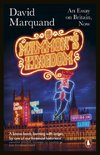
 Anglický jazyk
Anglický jazyk 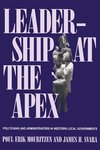


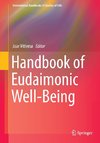
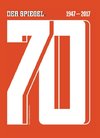
 Nemecký jazyk
Nemecký jazyk 
 Ruský jazyk
Ruský jazyk 